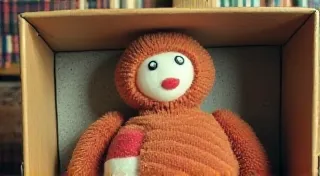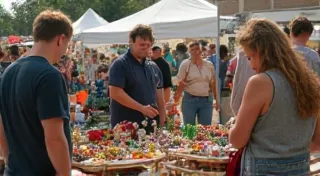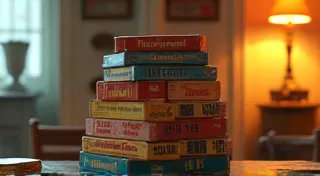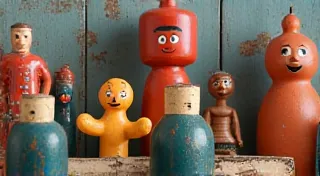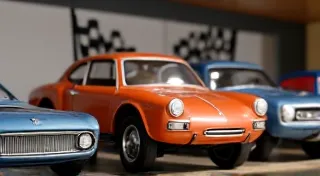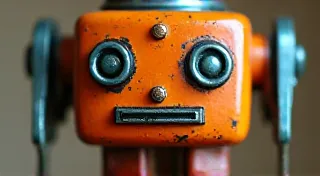Finding Vintage Toys: Online Auctions, Flea Markets, and Estate Sales
The thrill of collecting vintage toys is often intertwined with the hunt – the excitement of uncovering a forgotten treasure, a piece of childhood memory, or a rare find to bolster your collection. But where does one begin? While specialized toy stores exist, a significant portion of the vintage toy market thrives in more accessible venues: online auctions, bustling flea markets, and intriguing estate sales. This guide will equip you with the knowledge and strategies to successfully navigate these environments and increase your chances of finding those perfect vintage toys.
The Allure of Online Auctions
Online auction platforms like eBay have revolutionized the vintage toy collecting landscape. The sheer volume of items available is staggering, providing access to toys from across the globe. However, with great opportunity comes the need for caution and expertise.
Research is Paramount
Before you even bid, meticulous research is essential. Simply seeing "Vintage Toy" in the title isn’t enough. You need to understand what you’re looking at.
- Identify the Toy: What manufacturer? What year was it produced? What are its identifying marks (stamps, logos, unique features)?
- Determine Condition: Auction photos can be deceiving. Carefully scrutinize every image, looking for scratches, paint loss, missing parts, or damage. Read the description thoroughly – sellers often highlight flaws. Look for phrases like “as is,” “used condition,” or “needs restoration.”
- Check Completed Listings: eBay's "completed listings" feature is invaluable. Search for the same (or very similar) toy and observe how much it actually sold for. This gives you a realistic expectation of value. Examining these past sales can sometimes reveal more than just the price; it can offer clues about rarity and desirability—factors often crucial when deciding whether a toy is worth pursuing.
- Understand Rarity: Rarity significantly impacts price. Limited production runs, prototypes, or toys with unique variations command higher prices. Understanding the history and production methods behind these toys can further enhance your appreciation and inform your collecting strategy. For example, learning about the techniques used to create vintage tinplate toys can add another layer of enjoyment to your hobby - check out The Allure of Tinplate Toys: A Nostalgic Journey for a fascinating look back.
Beware of Common Scams: Fake listings, misrepresented condition, and inflated shipping costs are all potential pitfalls. Always check the seller's feedback score and read reviews. If a deal seems too good to be true, it probably is.
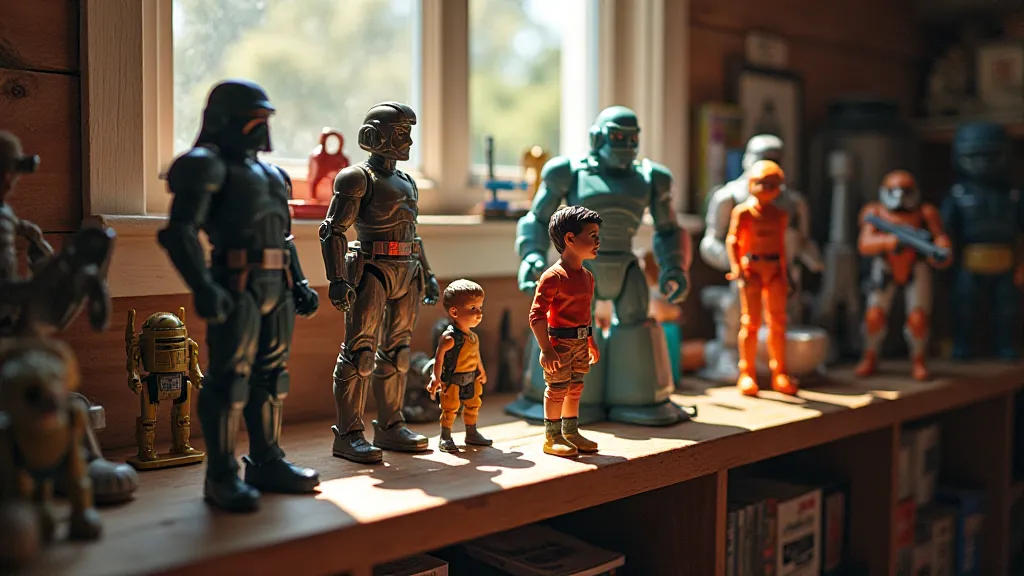
Bidding Strategies
Once you’re confident in your assessment, develop a bidding strategy:
- Set a Budget: It's easy to get carried away in the heat of an auction. Determine your maximum bid and stick to it.
- Sniping vs. Slow Bidding: “Sniping” (placing a bid in the final seconds) can be effective, but it also risks pushing the price up. A slow and steady approach can sometimes be advantageous.
- Watch for Trends: Observe bidding patterns. Do other collectors seem particularly interested? Often, the advertisements surrounding a toy can give clues as to its popularity. Delving into the world of The Golden Age of Toy Advertising: Posters and Catalogs reveals how manufacturers shaped the appeal of these treasured collectibles.
The Charm of Flea Markets
Flea markets offer a different kind of thrill – the tactile experience of sifting through piles of vintage treasures, the possibility of finding a genuine bargain, and the chance to haggle with a vendor. The experience can often uncover items that have unique markings or variations that distinguish them from mass-produced toys—markings that can tell you a great deal about their origins. Understanding these Understanding Vintage Toy Markings: What They Tell You is key to discerning authentic collectibles from reproductions.
Preparation is Key
Don't just show up at a flea market hoping to stumble upon a goldmine. Preparation dramatically increases your chances of success.
- Research Local Markets: Identify flea markets specializing in antiques or collectibles.
- Know Your Toys: A solid foundation of knowledge allows you to quickly assess the authenticity and value of toys.
- Bring Cash: Many vendors prefer cash and may offer discounts for it.
- Tools of the Trade: A magnifying glass, a small flashlight, and a notebook can be incredibly useful for inspecting toys and jotting down notes.
Haggling and Negotiation
Haggling is an expected part of the flea market experience. Be polite, respectful, and prepared to walk away if the price isn't right. The charm of the flea market isn’t just in the treasures you find, but in the interaction with the vendors themselves – often individuals with a wealth of knowledge about the history of the toys they’ve collected.
- Start Low: Begin with an offer significantly lower than the asking price.
- Justify Your Offer: Point out any flaws or damage.
- Be Willing to Walk Away: This demonstrates that you're serious about your budget.
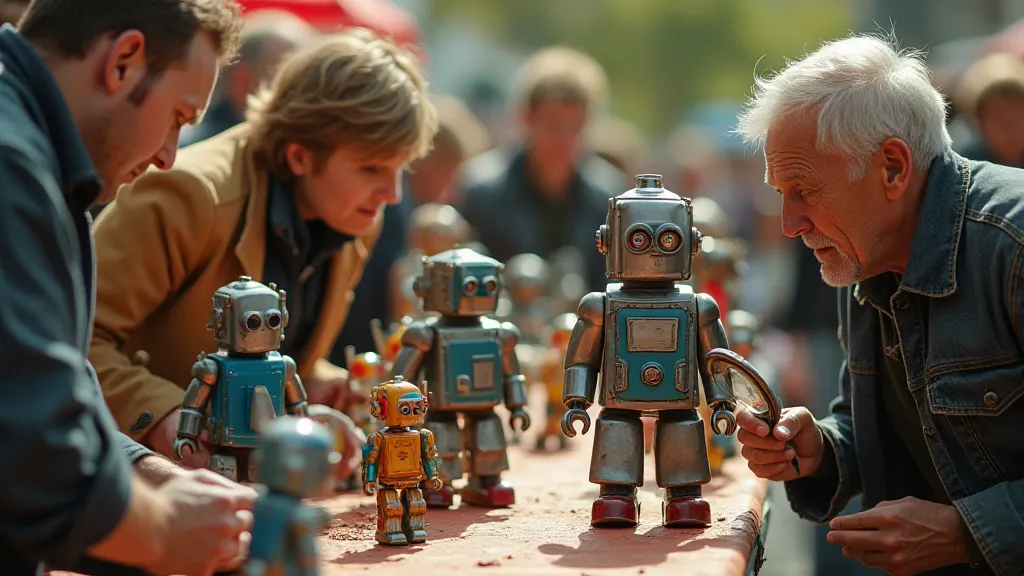
The Intrinsic Value of Estate Sales
Estate sales offer a unique glimpse into someone's history and often contain a surprising array of vintage toys. These sales can be particularly fruitful for collectors seeking complete sets or toys from a specific era. Beyond the toys themselves, estate sales provide a poignant window into past lives, evoking a sense of nostalgia and offering a tangible link to bygone eras.
Doing Your Homework
Estate sales are often announced a few days in advance. Take advantage of this lead time to gather information. Often, these sales are less organized than dedicated antique stores, requiring a more thorough and patient search to unearth those hidden gems.
- Check Listings: Online estate sale websites often provide detailed descriptions of the items for sale.
- Visit Early: The best items tend to go quickly. Arrive early to beat the crowds.
- Be Patient: Estate sales can be overwhelming. Take your time and thoroughly examine every room. The toys you find might need some restoration, so consider looking for resources on how to Preserving Your Collection: Caring for Vintage Toys.
Respect and Etiquette
Estate sales are often emotionally charged events for the families involved. Respect their privacy and follow the rules of the sale. It's important to remember that these sales represent the liquidation of someone's personal belongings, and treating the process with sensitivity and respect is paramount. Understanding the history and context of these toys can only enhance the experience.
- Be Polite: Treat the family and staff with kindness and respect.
- Follow Instructions: Adhere to any rules regarding photography, handling items, or payment.
- Don't Overstay Your Welcome: Be mindful of the duration of the sale and avoid lingering unnecessarily.
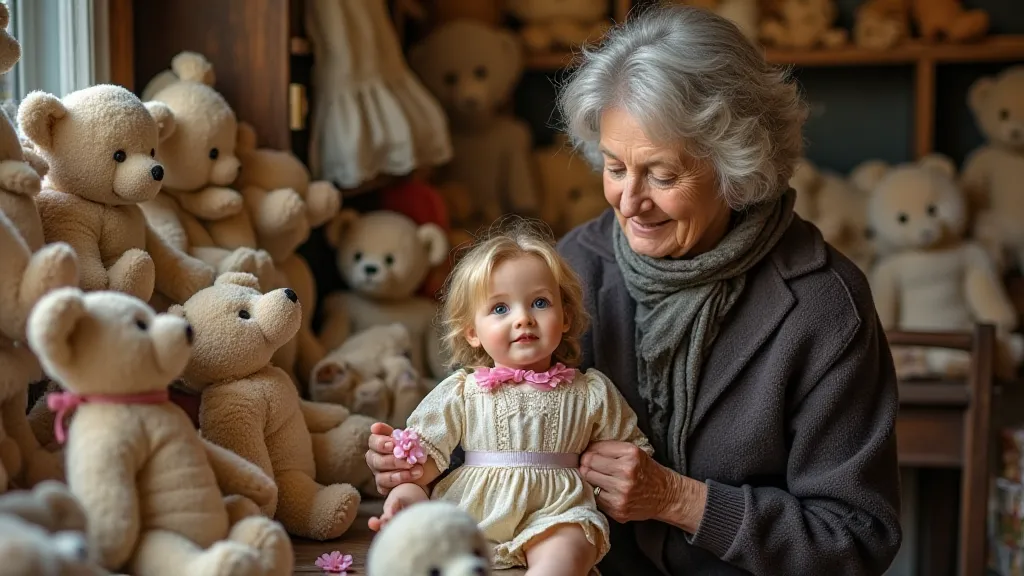
Conclusion: The Joy of the Hunt
Finding vintage toys requires a combination of knowledge, patience, and a touch of luck. Whether you’re navigating the digital world of online auctions, browsing the bustling aisles of a flea market, or exploring the treasures of an estate sale, the thrill of the hunt is a rewarding experience. By following these tips and honing your skills, you’ll be well-equipped to uncover those cherished vintage toys and expand your collection with exciting finds. Remember, the journey is just as important as the destination! The world of vintage toys is vast and ever-evolving; continuous learning and exploration are key to becoming a truly accomplished collector.
